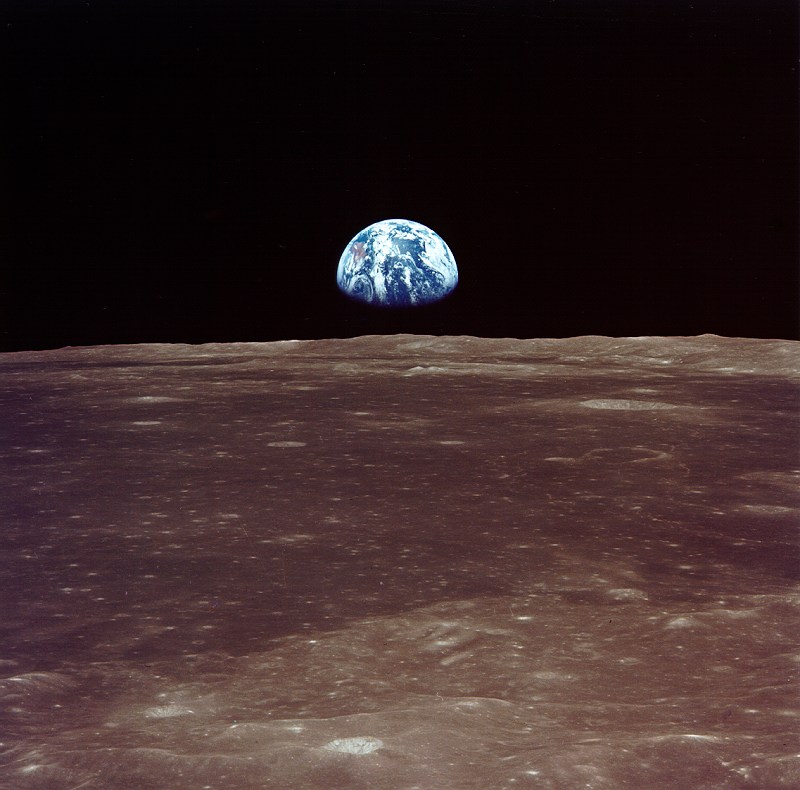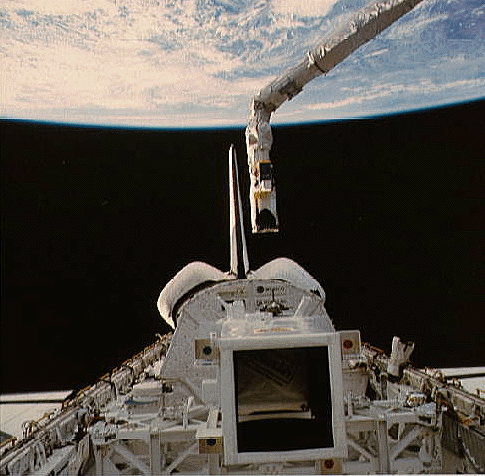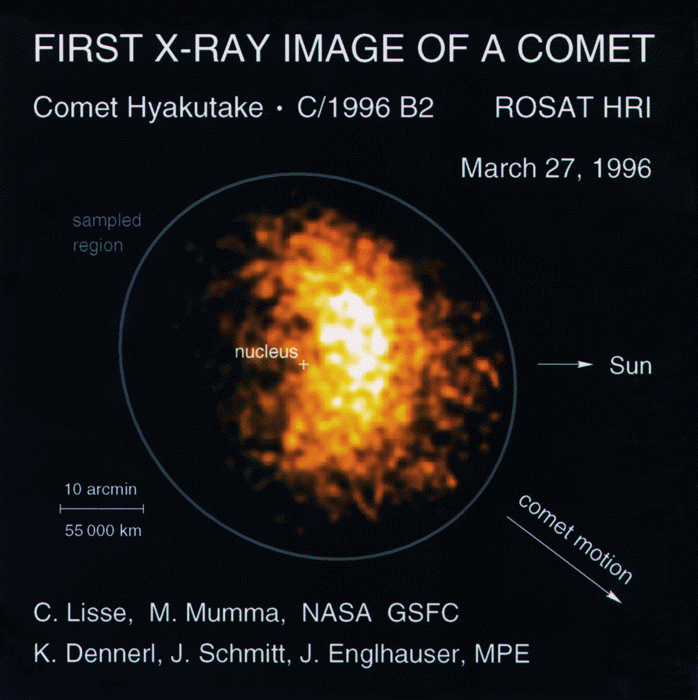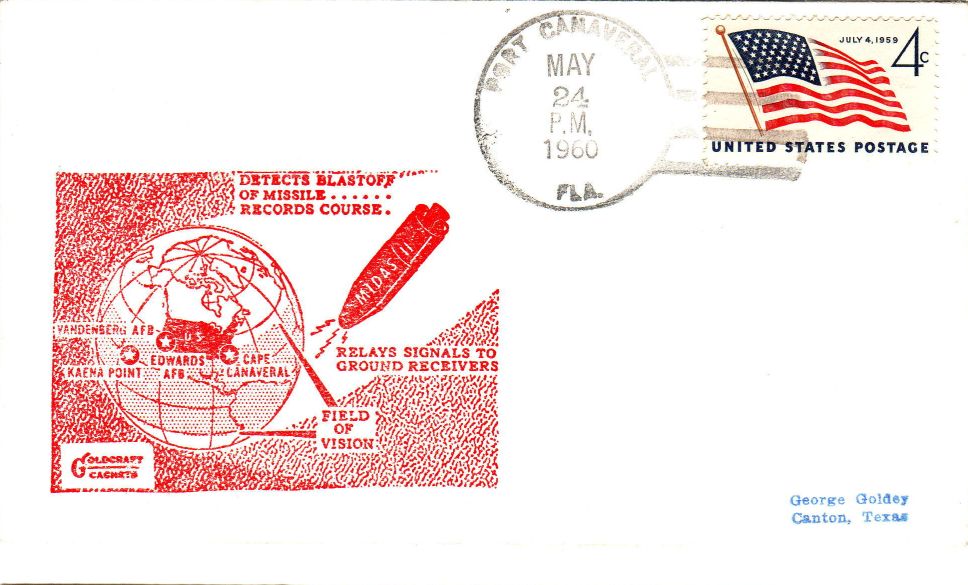The state of North Carolina intends to be a “world-class player” in the aerospace and defense sectors, as Governor Beverly Perdue said yesterday at the “Aerospace Executive Forum” in New Bern.
I was privileged to attend the forum, which was the third such event put on by the North Carolina Department of Commerce. The Commerce team did a great job organizing everything; the event seemed to run perfectly.
The forum actually began with a reception Thursday evening. I am not a very gregarious person, but I enjoyed conversations with several colleagues and new acquaintances — and the food was superb.
On Friday morning, NC Commerce Secretary Keith Crisco welcomed everyone and we heard from several industry leaders:
- Colonel Scott Loch, the commander of Fleet Readiness Center East,
- Rick Davis, Spirit AeroSystems operations director, and
- Ray Jones, CEO of VX Aerospace and President of the NC Aerospace Alliance.
I’m humbled that Ray singled me out by name with respect to our work at the North Carolina Aerospace Initiative to characterize R&D needs and capabilities throughout the state. (Want to help us? If you’re part of an aerospace company, take our R&D survey!)
After the first round of speakers, the attendees chose between three breakout sessions: workforce, military-related business opportunities, and R&D collaborations. I helped facilitate the third session, along with UNC Associate VP of Economic Development, Policy and Planning, Leslie Boney. We didn’t have as many industry participants as I would’ve liked, and I probably talked more than I should have, but in all I thought our session went well.
Senator Kay Hagan started off the keynote session. She spoke about the importance of aerospace to the economy and of her efforts to promote job growth — two things that go very well together. After Senator Hagan, Kimberly Gavaletz of Lockheed Martin Aeronautics gave a terrific presentation about the F-35 Joint Strike Fighter. She pointed out something that I’ve talked about for years: our tendency to be risk-averse and, because of it, to miss opportunities. The key to success, she said, is to know the risks and manage them.
Finally, Governor Perdue spoke on “A Vision for the Aerospace Industry in North Carolina.” She challenged Secretary Crisco and his team to produce a systemic plan, with timelines and deliverables, to ensure North Carolina is “positioned to excel” in aerospace. She charged them:
- to ensure we have a robust and sustainable aerospace workforce,
- to expand opportunities and relationships for aerospace companies in the state, and
- to increase efforts to recruit aerospace companies to North Carolina
— and she laid out an ambitious schedule, asking for an interim report in six months and to have the complete strategy presented in a year.
Governor Perdue hearkened back to the Wright brothers and their “big dream,” and she challenged the attendees also to dream big — but I got the impression that she will only be satisfied if we can take action to reach the dreams. She said we are “deadly serious” about succeeding in becoming an aerospace state.
And because of my role in the NC Aerospace Initiative, it sounds as if I may be pretty busy over the next few months….



 by
by 

















